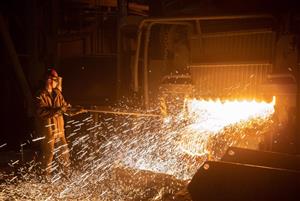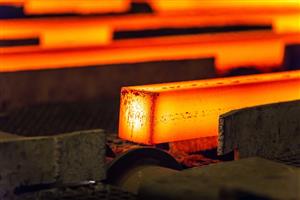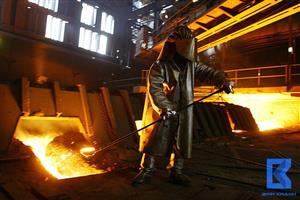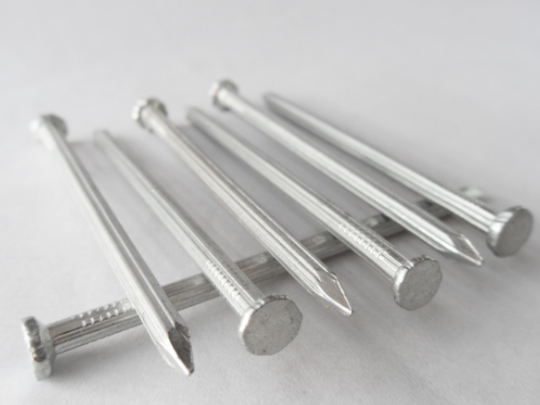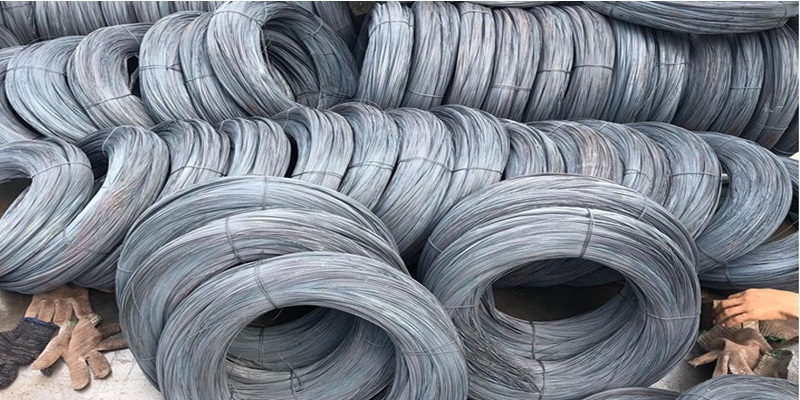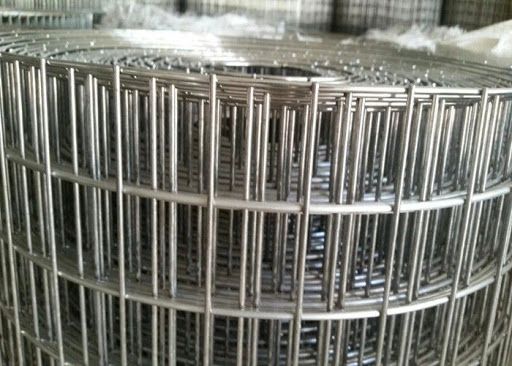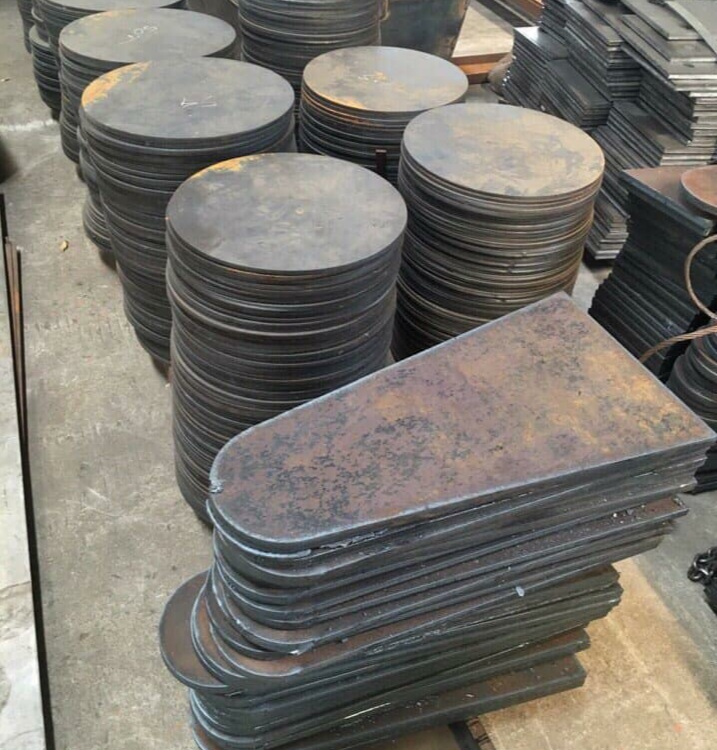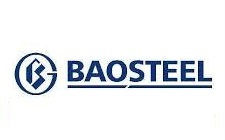According to Reuters, this somewhat contrary view is based on the expectation that Beijing will take steps to first stabilize the real estate sector, then push this market forward.
This will increase demand for steel raw materials as Chinese factories will increase output to meet the needs of the recovering real estate sector. This field accounts for about 1/3 of the country's steel demand.
The November iron ore contract in Singapore, ended at $112.50/tonne in the middle of last week, up 1.6% from the previous close of $110.80, the lowest since August 30 . As of October 23, iron ore price traded at 118 USD/ton.
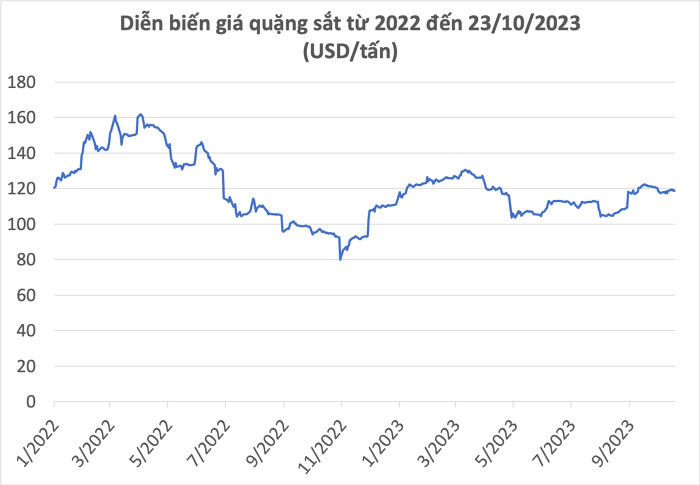
Data: Investing (compiled by US)
Prices rose after major Chinese property developer Country Garden 2007.HK warned that it could not meet its foreign debt obligations.
Country Garden joins several other real estate companies in seeking to restructure debt, with JPMorgan saying developers accounting for 40% of home sales in China have defaulted since 2021.
The defaulting companies, mostly private, issued about $110 billion worth of high-yield foreign bonds.
With what appears to be a severe and widespread liquidity crisis in China's real estate sector, the rise in iron ore prices appears unusual.
This is especially true as Beijing's stimulus efforts have so far failed to help the sector recover.
There are also signs that China's iron ore imports may fall in October, although that is most likely related to the week-long holiday at the beginning of the month.
The last official figures on iron ore imports were an August customs figure of 106.42 million tonnes, the highest since October 2020. Since then, however, imports have eased. Commodity analysts Kpler estimate September imports at 103.42 million tons and October at 96.13 million tons.
LSEG data estimates China's September imports at 95.46 million tons and October at 88.48 million tons.
While analysts' ship and port tracking data does not always exactly match customs data due to differences in when goods clear customs, it is highly correlated in identifying trend setting.
Another possible concern for iron ore imports is the policy China will apply to steel production during the upcoming winter period.
If the Beijing government aims to ensure steel output in 2023 is not higher than 2022, that means output in the last 4 months of the year will have to be lower than the first 8 months of the year.
According to official data, crude steel output was 712.9 million tons in the first eight months of the year, equivalent to a monthly average of 89.1 million tons.
Total production in 2022 is 1.01 billion tons, meaning that to keep this year's output at the same level, output in the September-December period is 297.1 million tons.
This equates to 74.3 million tons per month, a sharp decrease in average monthly output so far this year.
One possible bullish factor for iron ore is that Chinese port inventories continue to decline, which suggests an opportunity for more imports to build inventories.
Experts at SteelHome assess that inventories at ports have decreased to 110.65 million tons in the week to September 22, the lowest level since July 2020 and below 137.8 million tons compared to the same week. 2022.
There was no data released in the week to October 6 due to the Golden Week holiday, so figures released this week will be key to assessing whether inventories are still falling and whether Is there a need to replenish inventory?
Vietnambiz
 English
English  Vietnamese
Vietnamese



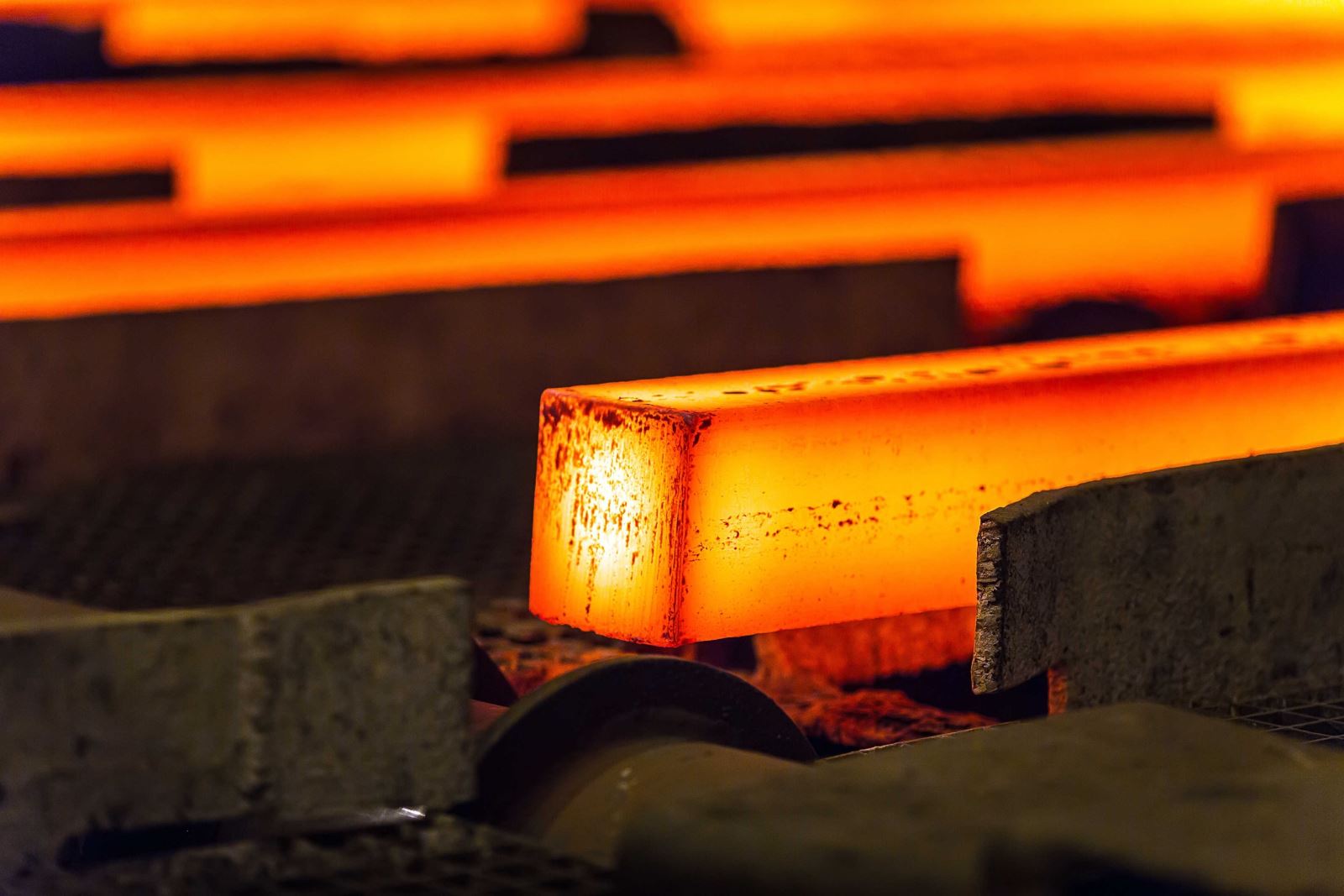
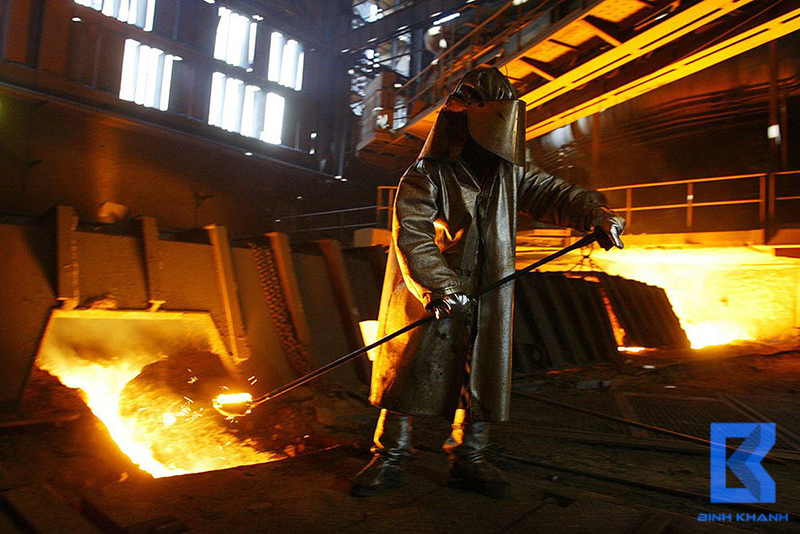

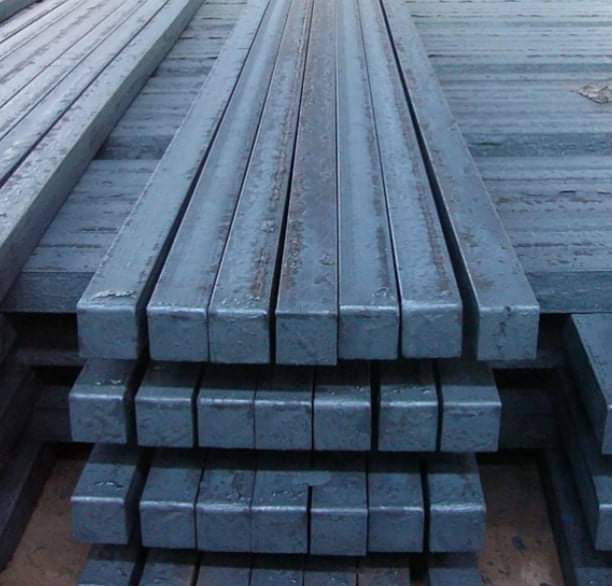

w300.jpg)
